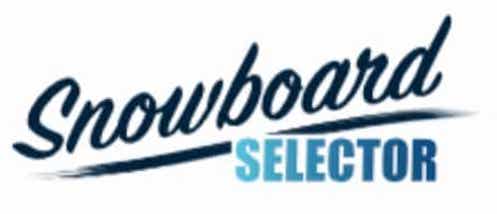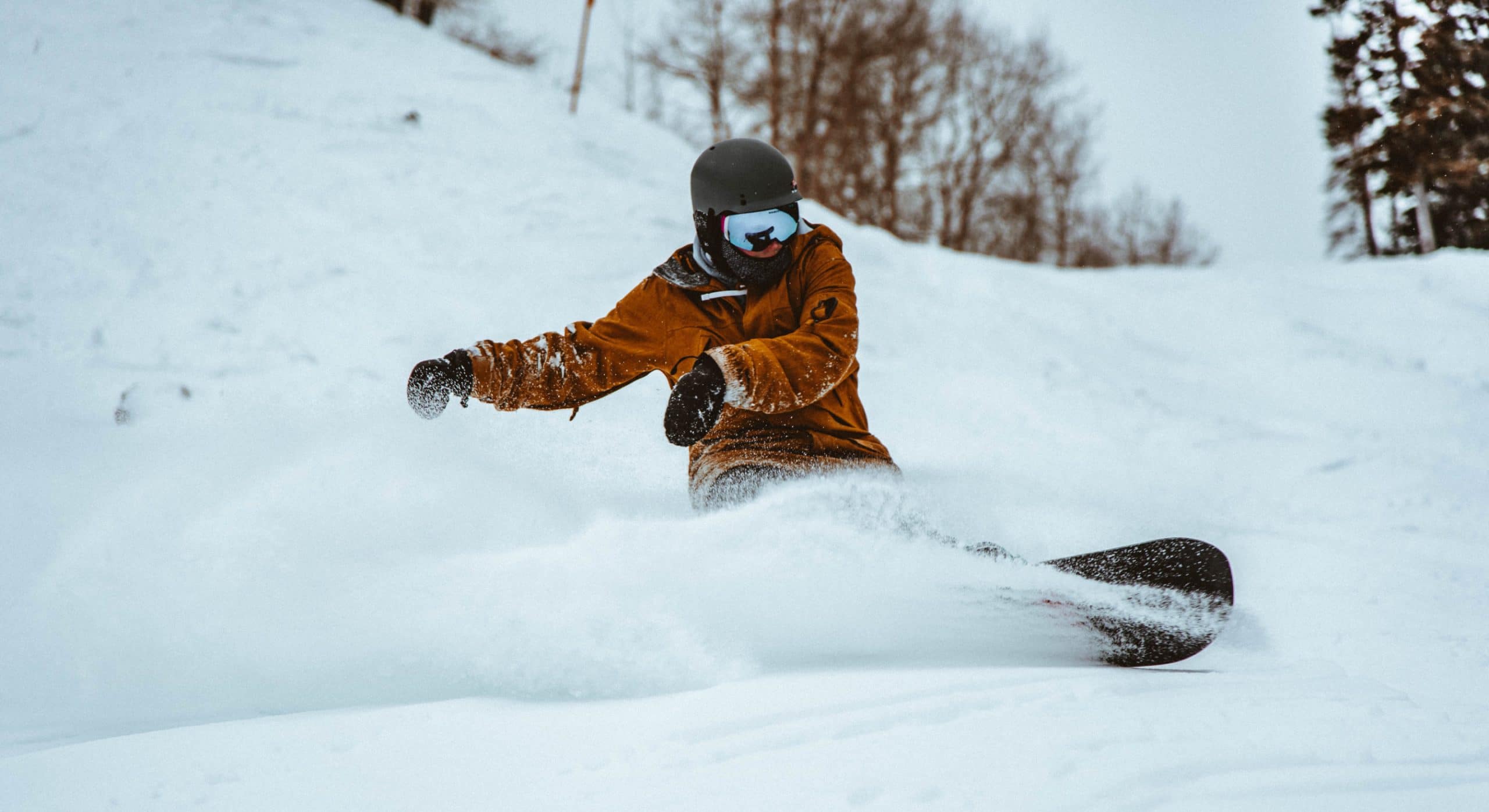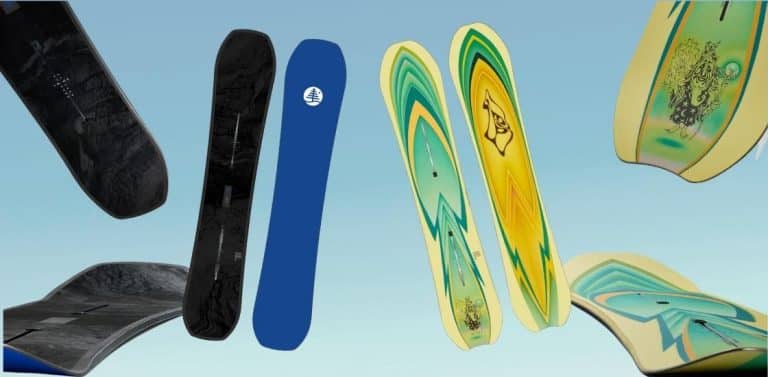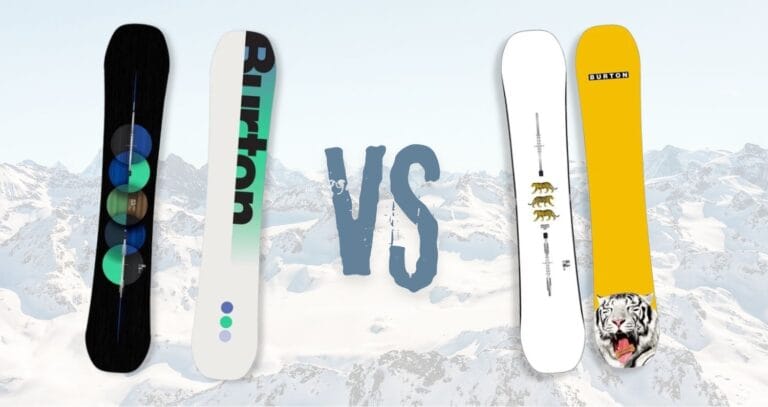These boards are not just another trend in the snowboarding world; they're a game-changer. Imagine carving down a mountain with a board that's shorter, wider, and just screams fun. That's what volume shift snowboards are all about. They're shaking things up in the snowboarding community, and for good reason. So, let's dive in and explore what makes these boards so special.
Surfing Influence
Now, let's take a quick trip down memory lane. Like many cool things in snowboarding, the idea of volume shift snowboards has its roots in surfing. Surfers were out there, riding waves with these fish-shaped boards that were shorter, wider, and thicker. These boards bridged the gap between the long and short surfboards, giving surfers the best of both worlds – easy to paddle and catch waves like a longboard, but quick to maneuver and turn like a shortboard.
These boards are shorter in length but make up for it in width, keeping the same surface area as traditional boards but with a whole new set of advantages.
This innovation was a total game-changer in the surfing world. And snowboard designers took notice. By tweaking the design to fit the snow rather than waves, they created volume shift snowboards.
What is a Volume Shift Snowboard?
Alright, let's break it down. What exactly is a volume shift snowboard? Picture your regular snowboard. Now, imagine it getting a radical makeover. It becomes shorter in length but grows wider. This shift in volume – hence the name – changes the game. You get a board that maintains the same surface area but brings a whole new level of playfulness and maneuverability.

The shorter length makes them incredibly nimble, perfect for quick turns and weaving through trees. And the increased width makes floating on powder a dream.
Choosing the Right Volume Shift Snowboard
First up, size matters. With volume shift boards, you can go shorter than your usual board. How much shorter? Typically, 3-6 cm less than your regular snowboard. But it's not a one-size-fits-all deal. Each board is unique, so check the manufacturer's recommendations. And remember, the wider the board, the shorter you can go without losing that precious surface area.
Volume Shift boards are typically, 3-6 cm less than your regular snowboard
Now, think about your riding style and where you'll be shredding. Are you all about those deep powder days, or do you prefer a mix of groomers and off-piste? Maybe you're a park rat looking for something playful. Whatever your style, there's a volume shift board out there for you. Just keep in mind that while these boards are versatile, they each have their own strengths. Some are better for floating in powder, while others excel at carving up groomers.
Popular Models and Characteristics
Alright, let's talk about some popular volume shift snowboards. Now, I'm not here to play favorites, but there are a few boards that have been making waves.
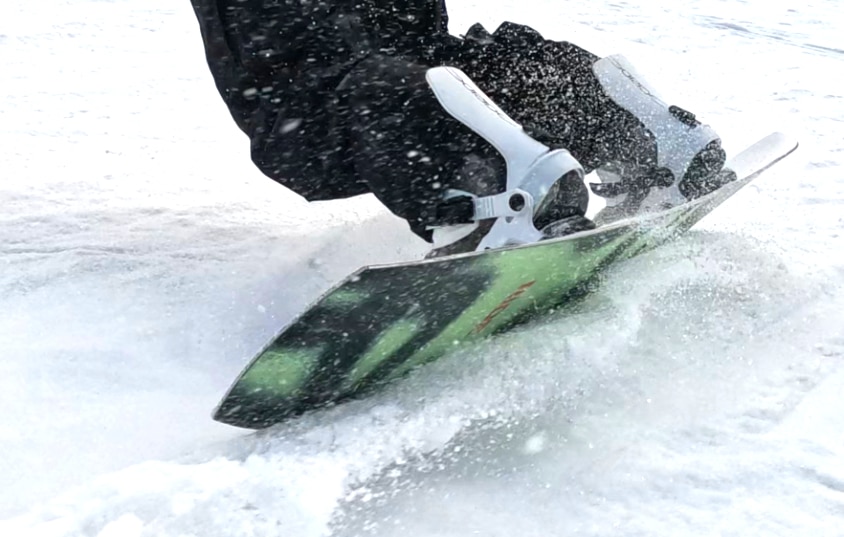
Take the Ride Warpig, for example. This bad boy is known for its all-mountain versatility. It's got a stiffer flex and less taper from nose to tail, giving you solid edge hold and stability at high speeds. It's like the Swiss Army knife of snowboards – ready for anything the mountain throws at you.
Then there's the Libtech Orca – a favorite of the legend Travis Rice. It's a powerhouse in powder but also holds its own on groomers. Its unique camber profile and Magna-Traction edges provide excellent edge hold, making it a beast in various conditions.
And we can't forget about the Jones Storm Chaser. This board is a powder hound's dream. Its fish shape and 3D contour base make it a master at floating in deep snow. It's like surfing on snow – smooth, effortless, and ridiculously fun.
Potential Drawbacks and Considerations
Volume shift snowboards are awesome, but they're not without their quirks. For starters, they might not be the best choice for high-speed carving. Their shorter length can make them less stable at breakneck speeds compared to longer, traditional boards.
Also, if you're a beginner, these boards can be a bit tricky. They're usually not the best for learning the basics. Their unique shape and size require a bit of skill to maneuver effectively. So, if you're just starting out, you might want to get comfortable on a traditional board first.
Volume shift snowboards are still a blast to ride. They offer a unique experience that's hard to match. Just be aware of their characteristics and choose one that aligns with your skill level and riding style.
Volume Shift FAQs
Got questions? We've got answers. Here are some common curiosities about volume shift snowboards:
1. Are volume shift boards good for beginners?
Honestly, they can be a bit challenging for newbies. Their unique shape and size require some skill to handle effectively. If you're just starting, it might be better to learn the ropes on a traditional board first.
2. Can I use a volume shift board in the park?
Absolutely! While they're not your typical park boards, some models like the Ride Twinpig offer enough versatility for some fun in the park. Just don't expect them to perform like a dedicated freestyle board.
3. How do volume shift boards perform on groomers?
They can be a blast! Boards like the Salomon Dancehaul are designed to carve up groomers. Their extra width allows for deep carves without worrying about toe or heel drag.
4. What's the best thing about riding a volume shift board?
It's all about the fun factor. These boards offer a playful, surf-like experience on snow. They're great for quick turns, floating in powder, and generally having a blast on the mountain.
Wrapping Up
So, there you have it – the full scoop on volume shift snowboards. These boards are more than just a passing trend; they're a testament to the ever-evolving world of snowboarding. With their unique design, they offer a fresh take on riding, bringing a playful, surf-inspired vibe to the slopes.
Whether you're carving through trees, floating in powder, or just looking for a new way to enjoy the mountain, volume shift snowboards are worth checking out. Remember, the key is to find the right board for your style and experience level. And once you do, you're in for an unforgettable ride.
So, what are you waiting for? Grab a volume shift board and experience the mountain like never before. Happy shredding!
